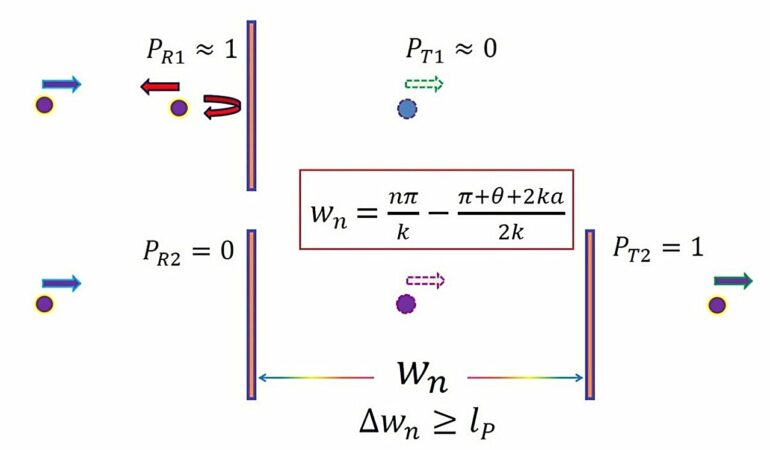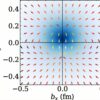A research team led by Prof. Dr. Yang Yong from the Hefei Institutes of Physical Science of the Chinese Academy of Sciences has revealed a remarkable quantum tunneling phenomenon across double potential barriers. They found that quantum tunneling is dominant at low temperatures and continues to play a nontrivial role at temperatures up to about 600 K.
“This is an important advance in the dynamics of quantum particles across double barriers, which opens a possible avenue for ultrahigh precision measurements based on atomic systems,” said Prof. Yang.
The results were published in Physical Review Research.
Is real space infinitely divisible? In a macroscopic world, the answer is definitely “yes,” since everyday experiences, such as observing water flows or free-falling objects, always give the impression of continuous trajectories. The situation changes dramatically in a quantum world. In theories that try to unify quantum mechanics with gravity, a minimum length is predicted, and is generally taken to be the Planck length (lP), which is about 10-35 m.
In this work, the researchers study the quantum tunneling through double barriers and obtain a theorem showing that if the distance between two barriers can vary continuously, i.e., if real space is a continuum, the incident particle can completely penetrate arbitrarily large double barriers by simply tuning the barrier-barrier separation. This phenomenon is called resonant tunneling (RT). If a non-zero minimum length does exist, resonant tunneling stops when the barrier height exceeds a certain value. Theoretical analysis shows that the RT probability of quantum particles depends critically on the separation between two barriers.
This work reveals the deep connection between quantum tunneling and the quantum theories of gravity, and opens a possible avenue for ultrahigh precision measurement and hence testing the existence of a minimum length.
More information:
Yong Yang, Penetration of arbitrary double potential barriers with probability unity: Implications for testing the existence of a minimum length, Physical Review Research (2024). DOI: 10.1103/PhysRevResearch.6.013087
Provided by
Chinese Academy of Sciences
Citation:
Resonant tunneling: A possible way to probe the minimum length using atomic systems (2024, February 29)



